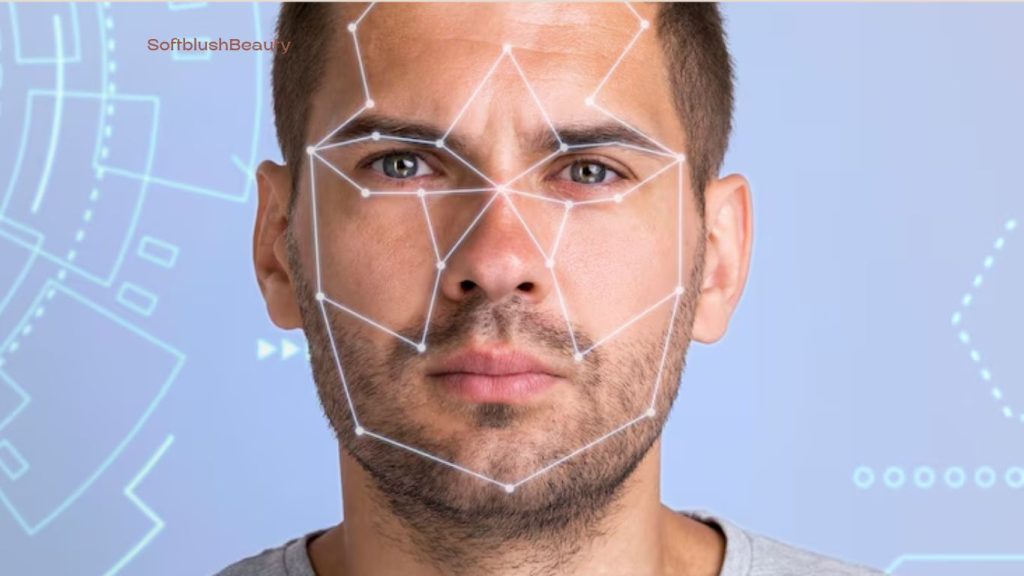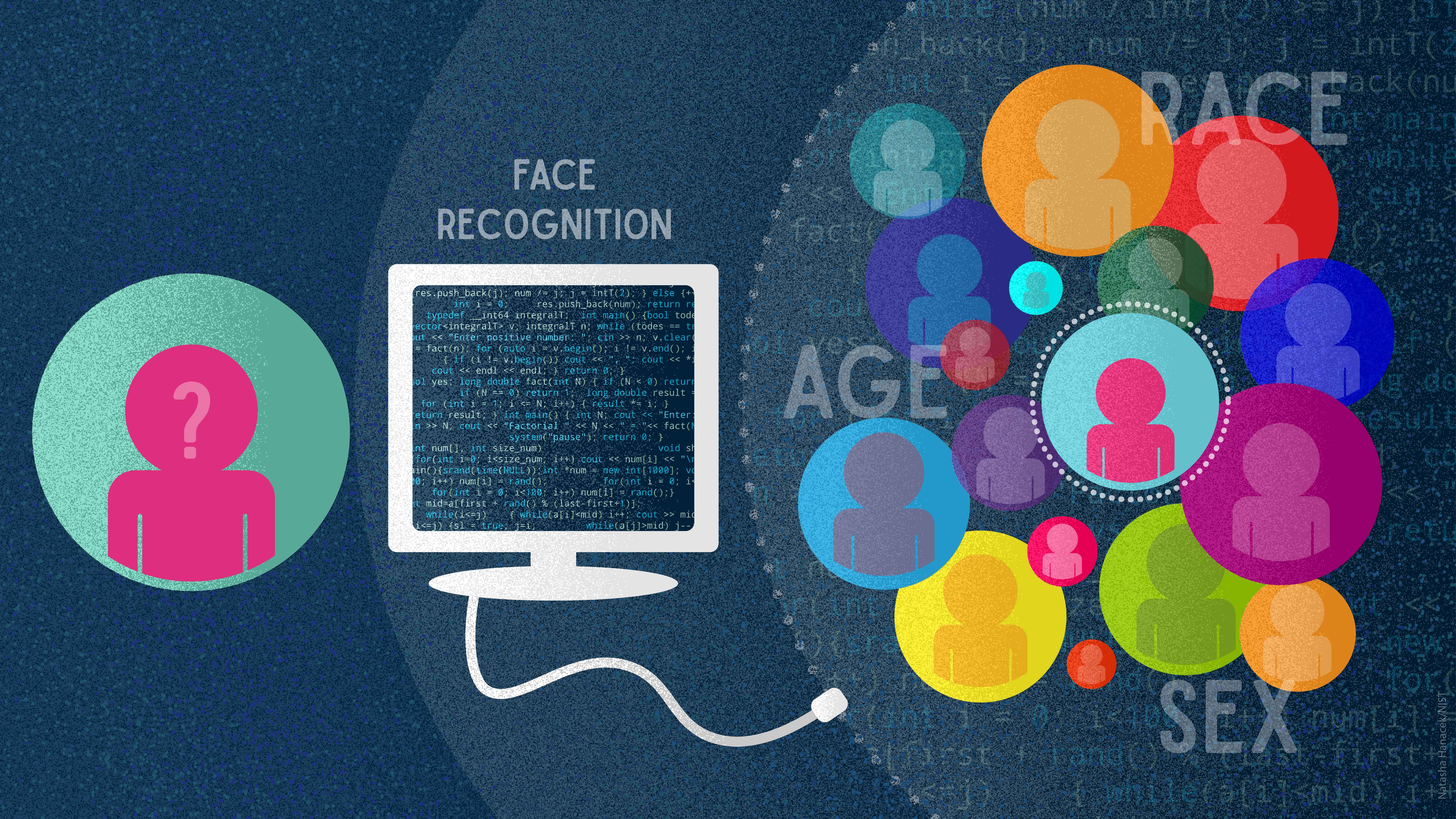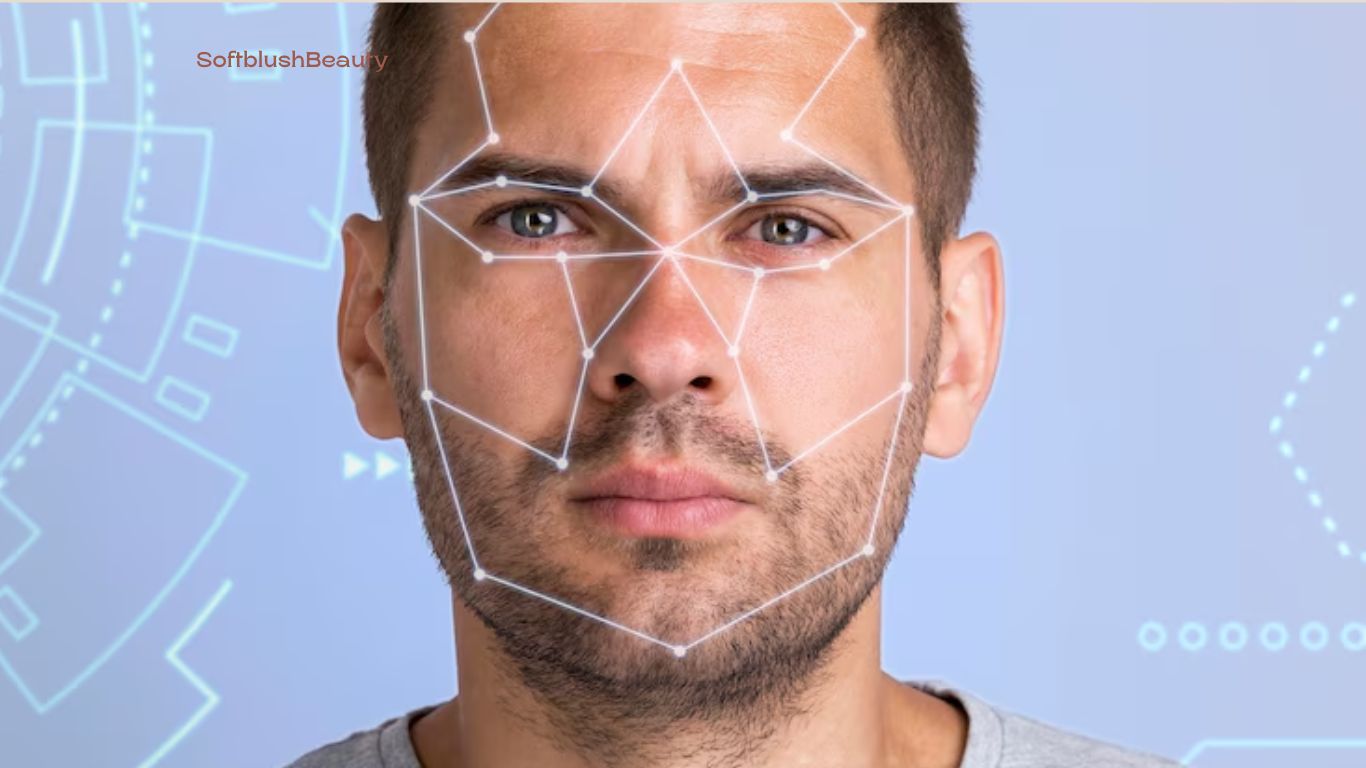The face recognition technology with the best accuracy is currently offered by the Deep Face system developed by Facebook. This technology boasts an impressive accuracy rate of 97.35%.
Face recognition technology has made significant advancements in recent years, with various systems and software offering high levels of accuracy. Among these, the Deep Face system, developed by Facebook, is known for its cutting-edge accuracy in identifying faces, making it a leading choice for many applications.
With a remarkable accuracy rate of 97. 35%, the Deep Face system stands out as a top contender in the field of face recognition technology. This technology has the capability to revolutionize security systems, law enforcement, and many other industries where accurate identification and authentication are crucial. As the demand for reliable face recognition technology continues to grow, the accuracy and capabilities of systems like Deep Face are expected to play a pivotal role in shaping the future of this rapidly evolving field.

Understanding The Role Of Accuracy In Face Recognition
Face recognition technology has become increasingly advanced in recent years, with a focus on accuracy being central to its effectiveness. Various face recognition systems are available, all claiming to have the best accuracy. Understanding the role of accuracy in face recognition is essential to determine which system provides the most reliable results.
Understanding the Role of Accuracy in Face Recognition
The accuracy of face recognition technology plays a crucial role in various aspects of security and access control. This technology has evolved rapidly, and it has become essential to understand the significance of accuracy in face recognition systems. In this article, we will delve into the impact of accuracy on security measures and its applications in authentication and access control.
Impact On Security Measures
The accuracy of face recognition systems directly impacts the overall security protocols and measures implemented within various environments. Higher accuracy ensures that only authorized individuals are granted access, reducing the risk of unauthorized entry and potential security breaches. The use of highly accurate face recognition technology can significantly enhance the identification and tracking of individuals of interest, thereby improving the effectiveness of security measures in public spaces, airports, and high-security facilities.
Applications In Authentication And Access Control
Face recognition with superior accuracy has found extensive applications in authentication and access control systems across different industries. Organizations can leverage this technology to streamline the process of identity verification, enabling secure and efficient access to restricted areas. In addition, the high accuracy of face recognition plays a pivotal role in enhancing the efficiency of access control systems, providing seamless entry for authorized personnel while preventing unauthorized access attempts.
Overall, the accuracy of face recognition technology has far-reaching implications in bolstering security measures and optimizing authentication and access control processes. As the demand for reliable and precise face recognition continues to grow, maintaining high levels of accuracy remains paramount in ensuring the efficacy and reliability of these systems.

Credit: www.nist.gov
Technical Aspects Affecting Accuracy
When it comes to face recognition technology, accuracy is a critical factor that determines its reliability and usefulness. The technical aspects affecting accuracy are multifaceted, with various elements playing a significant role. Understanding these technical aspects is essential in determining which face recognition technology offers the best accuracy.
Algorithms And Machine Learning Models
Algorithms and machine learning models are pivotal components in determining the accuracy of face recognition technology. The choice of algorithm and machine learning model greatly influences the system’s ability to accurately identify and match faces. High-performing algorithms and advanced machine learning models often result in superior accuracy, making them highly desirable for face recognition applications.
Quality Of Input Data
The quality of input data is an essential factor influencing the accuracy of face recognition systems. High-quality input data, such as clear and well-lit images, contribute to improved accuracy. Conversely, poor-quality input data, such as low-resolution or obscured images, can hinder the system’s ability to accurately recognize faces. Ensuring the quality of input data is critical for optimizing the accuracy of face recognition technology.
“`
In the body of the blog post, including both paragraphs and lists, creates an engaging and readable format. This will help readers to understand the technical aspects of face recognition accuracy in a clear and organized manner.
Real-world Implementation Challenges
Real-world implementation of face recognition technology comes with its own set of challenges that can impact the accuracy of the system. These challenges need to be addressed effectively in order to achieve reliable and precise results in various environments and with diverse facial characteristics and expressions.
Environmental Factors
The accuracy of face recognition systems can be affected by a range of environmental factors, including lighting conditions, shadows, and obstructions. Poor lighting can lead to inaccuracies, especially in low-light environments where shadows can distort facial features. Similarly, obstructions such as glasses, hats, or scarves can hinder the system’s ability to accurately identify faces.
Diversity In Facial Characteristics And Expressions
The diverse range of facial characteristics and expressions poses a significant challenge for face recognition technology. Facial diversity encompasses variations in skin tone, features, and shapes, making it essential for the system to be capable of accurately recognizing faces across different ethnicities and demographics. Furthermore, expressions introduce an additional layer of complexity, as the system needs to account for variations in facial movements and emotions.
Comparative Analysis Of Leading Face Recognition Technologies
When it comes to face recognition technology, accuracy is a crucial factor that can greatly influence its effectiveness in various applications. With the advancement of artificial intelligence and machine learning, several leading face recognition technologies have emerged, each claiming to offer superior accuracy. In this comparative analysis, we will delve into the accuracy metrics, performance benchmarks, as well as case studies and use cases of the top face recognition technologies.
Accuracy Metrics And Performance Benchmarks
Accuracy metrics play a pivotal role in evaluating the performance of face recognition technologies. These metrics typically include True Positive Rate (TPR), False Positive Rate (FPR), Precision, and Recall. Moreover, the performance benchmarks of leading face recognition technologies are often assessed based on their ability to correctly identify individuals in varying lighting conditions, poses, and facial expressions.
Case Studies And Use Cases
Examining case studies and use cases provides invaluable insights into the real-world applications of face recognition technologies. From security and access control to customer engagement and personalized experiences, these technologies have been extensively utilized across diverse industries. Analyzing how different face recognition solutions perform in actual scenarios helps in understanding their practical effectiveness.
Innovations And Breakthroughs In Enhanced Accuracy
The advancements in face recognition technology have seen remarkable breakthroughs, particularly in enhanced accuracy. These innovations have paved the way for more reliable and secure identification and authentication processes. In this article, we will delve into the latest developments that have significantly improved the accuracy of face recognition systems.
Deep Learning Techniques
One of the key driving forces behind the improved accuracy of face recognition systems is the application of deep learning techniques. Deep learning has revolutionized the way facial features are analyzed and matched, enabling systems to learn and adapt to a wide range of facial variations with exceptional precision.
Integration With Biometric Authentication Systems
The integration of face recognition technology with biometric authentication systems has been a pivotal advancement in enhancing accuracy. By combining biometric authentication with facial recognition, the reliability and security of identification processes have been significantly bolstered, providing robust solutions for various applications including access control and identity verification.
Anticipated Developments And Applications
Impact On Law Enforcement And Surveillance
The advancement in face recognition technology has significantly impacted law enforcement and surveillance efforts. With enhanced accuracy, authorities can more effectively identify and track individuals of interest, leading to improved public safety.
Ethical Considerations And Privacy Implications
As face recognition technology advances, ethical concerns and privacy implications become increasingly relevant. The potential misuse of this technology raises important questions about individual rights and surveillance. The need for stringent regulations and guidelines to ensure the responsible use of this technology is evident.
Frequently Asked Questions Of Which Face Recognition Has The Best Accuracy?
What Is The Most Accurate Face Detection Model?
The most accurate face detection model is the MTCNN (Multi-Task Cascaded Convolutional Neural Network). It excels at detecting faces with high precision.
What Is The Highest Accuracy Of Face Recognition?
The highest accuracy of face recognition is around 99%. This advanced technology uses complex algorithms to analyze and identify unique facial features. With continuous advancements, the accuracy of face recognition systems is expected to further improve in the future.
Which Face Detection Algorithm Is Best?
The best face detection algorithm is subjective and depends on specific criteria and requirements. Popular algorithms include Viola-Jones, MTCNN, and SSD. Each has its strengths, so it’s essential to consider factors such as accuracy, speed, and resource efficiency when choosing the best algorithm for a particular application.
Which Method Is Best For Face Recognition?
The best method for face recognition is deep learning, specifically using convolutional neural networks (CNNs). CNNs are effective in extracting features and patterns from facial images, leading to accurate and reliable face recognition results. They are widely used in various face recognition systems due to their superior performance.
Conclusion
In a rapidly advancing technology landscape, choosing the best face recognition system for accuracy is crucial. By evaluating factors like speed, performance, and security, you can make an informed decision for your specific needs. Remember, staying updated with the latest advancements will ensure you are using the most accurate face recognition technology available.

